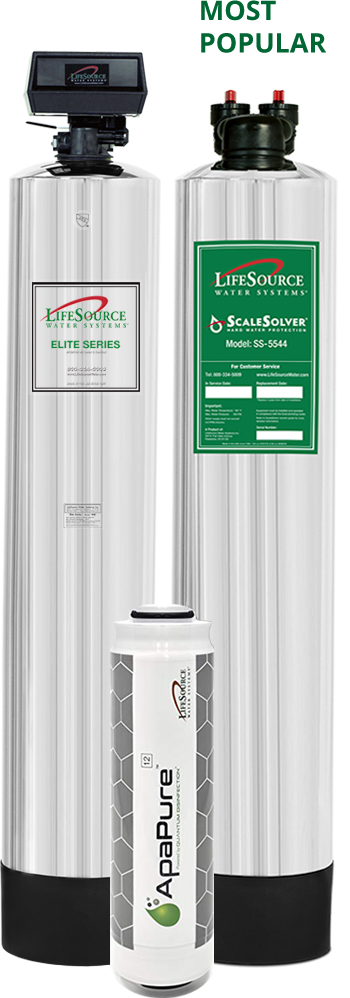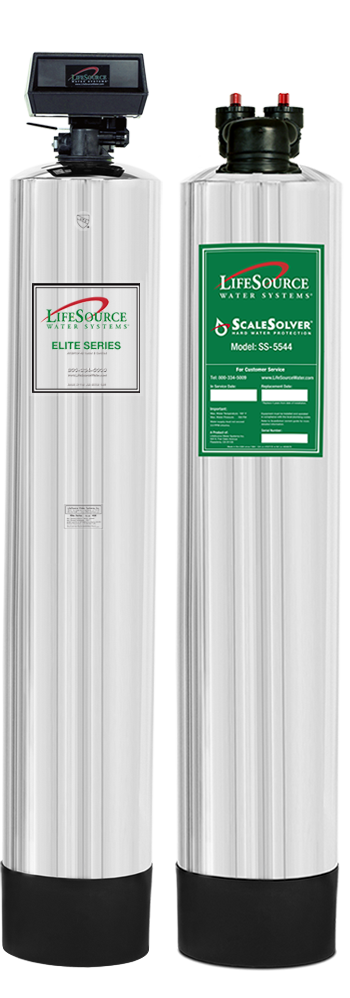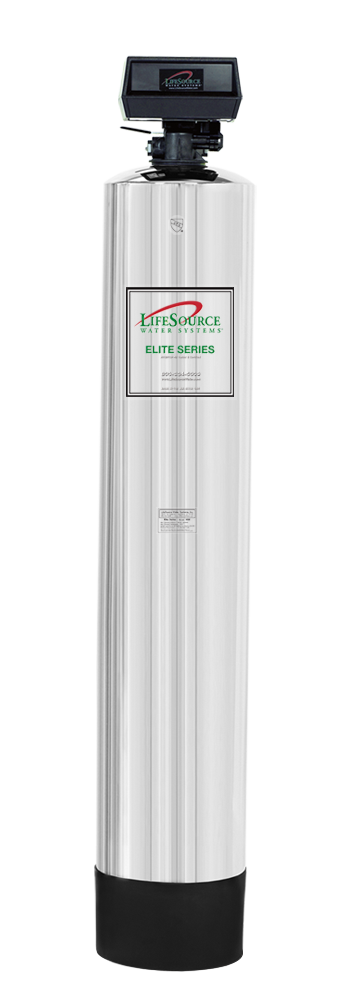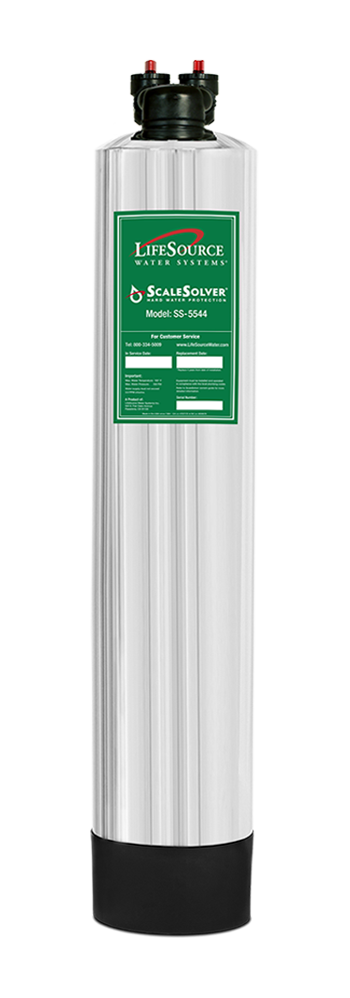
Why You Might Need Both Filtration and Softening
Combining Water Filtration and Softening: What Homeowners Need to Know
If you're noticing scale buildup on faucets or a reduced lifespan of appliances like water heaters, hard water could be the culprit. But fixing it isn't always as simple as installing a softener. In many homes, combining water filtration prior to water softening offers the best results. protecting your plumbing, your appliances, and your family's health.
Most homeowners know hard water is an issue, but fewer realize that softeners alone aren’t enough. A system that conditions and filters your water provides a more complete solution. At LifeSource, we believe you shouldn’t have to choose between softened water and clean water. You can have both.
LifeSource Water Systems delivers an all-in-one approach that filters out harmful contaminants and conditions your water to prevent scale. This means better water quality, longer appliance life, and fewer headaches.
What is Hard Water?
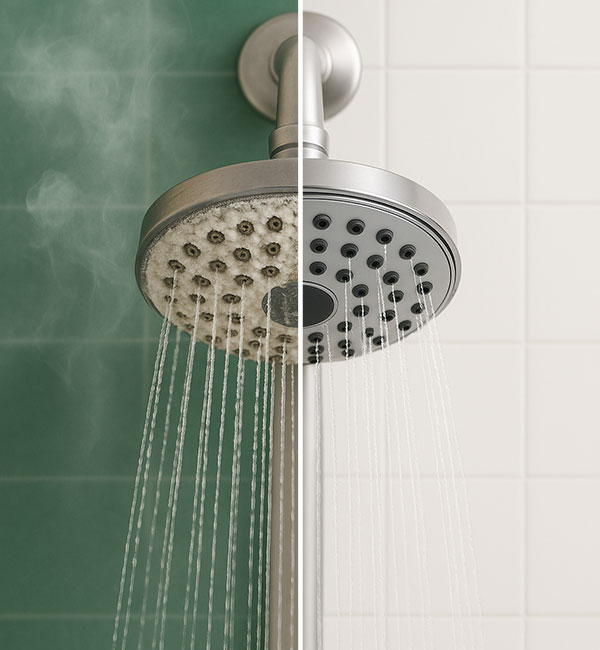
Hard water contains high levels of dissolved minerals, primarily calcium and magnesium. It’s measured in grains per gallon (gpg) or parts per million (ppm), and anything above 7 gpg is generally considered hard.
Signs of hard water include:
- Scale buildup inside pipes, on faucets, and on fixtures
- Reduced lifespan of appliances such as hot water heaters and washing machines
- Difficulty lathering soap
- Spots on dishes and glassware (more common, though not the primary focus for LifeSource systems)
Over time, hard water can cause inefficiency and costly repairs if left untreated. It can also lead to clogs, increased utility bills, and inconsistent water pressure.
Related Resource: Is Your Water Too Hard? Here’s How to Tell
Why You Need Filtration with a Traditional Water Softener
Many homeowners install traditional salt-based water softeners, expecting a total solution. However, softeners alone only address hardness. They do not filter out contaminants like chlorine, sediment, or other harmful substances found in municipal and well water.
Another issue: softened water isn’t ideal for drinking. In fact, most experts recommend installing a point-of-use (POU) system like reverse osmosis (RO) when you have a salt-based softener. That’s because softened water contains added sodium and may still include unwanted chemicals.
Challenges with traditional softeners and RO systems include:
These solutions often come with complexity and higher long-term costs.
There is a better way.
LifeSource offers an integrated solution that combines whole-home filtration with salt-free conditioning. That means you get clean, great-tasting water from every tap, without sacrificing health, convenience, or sustainability.Salt-Free Conditioning with Filtration: A Complete System
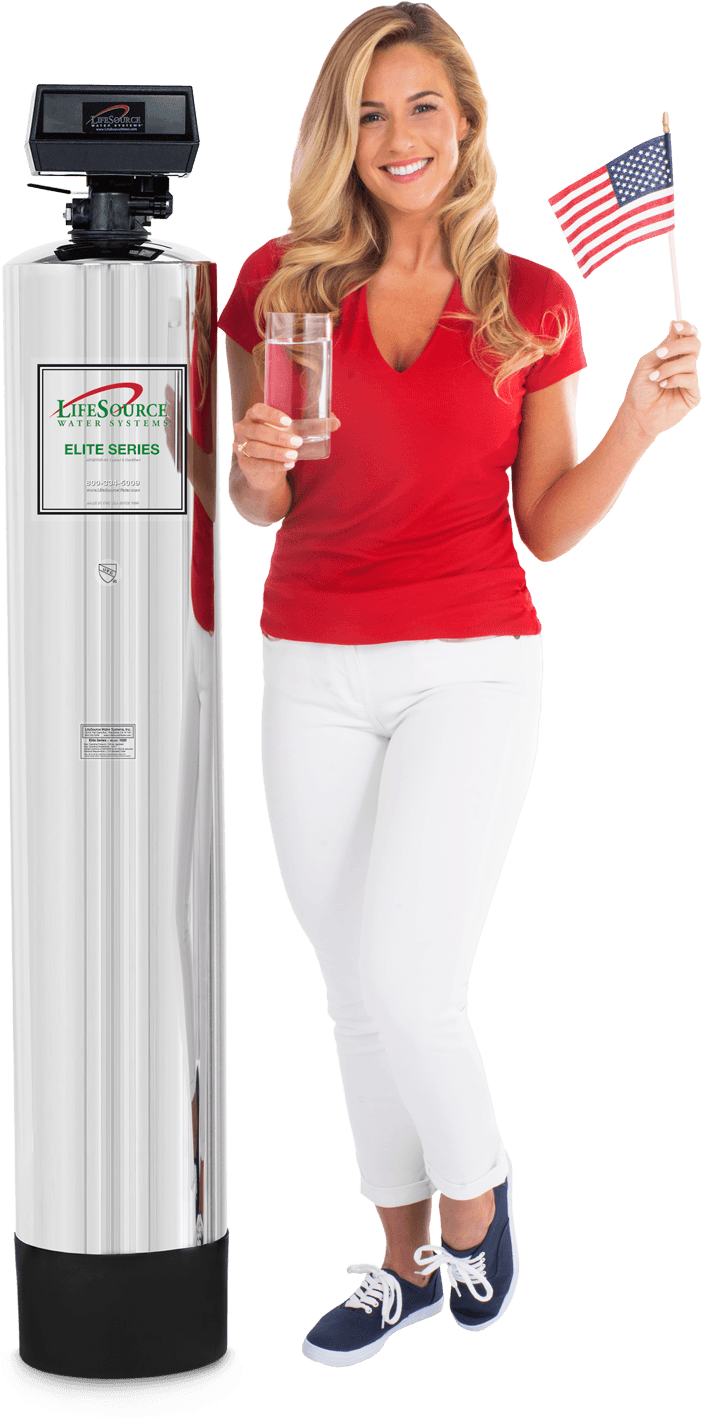
LifeSource offers a better alternative to stacking multiple units or relying on piecemeal setups.
Our all-in-one approach:
- Whole-house carbon filtration reduces chlorine, sediment, microplastics, and more
- Salt-free ScaleSolver conditioning prevents hard water scale without removing healthy minerals or altering taste
Key benefits of LifeSource’s combined system:
- No salt, no slippery feel, and no wasted water
- Protects plumbing, fixtures, and appliances from scale buildup
- No need for bottled water or additional drinking water systems
- Minimal maintenance for up to 10 years
- NSF-certified and made in the USA
Instead of managing separate systems, LifeSource gives you one seamless solution built to last.
Learn more: Salt-Free Softener Benefits
Reverse Osmosis vs. Salt-Free Systems
- You may have heard of RO (reverse osmosis) systems as an option for water purification. RO uses pressure to force water through a semipermeable membrane. This removes contaminants, but it also eliminates beneficial minerals.
- Let’s break down how RO systems compare to salt-free systems from LifeSource:
| Feature | Reverse Osmosis | LifeSource Salt-Free System |
| Primary Purpose | Purify drinking water | Condition and filter whole-home water |
| Wastes Water |
(5+ gallons wasted per gallon filtered) |
|
| Removes Healthy Minerals | ||
| Maintenance | Frequent filter changes | Minimal (10+ years) |
| Drinking Water Access | Limited to one tap | Every tap in the home |
| Whole-Home Coverage |
- RO systems are useful for highly contaminated sources or medical-grade needs. But for the average household, they can be costly, wasteful, and overly complex. Most families simply need protection from scale and chemicals. They don’t want to strip their water of minerals.
- LifeSource salt-free systems meet that need by offering complete coverage, sustainability, and simplicity.
While the initial investment ranges from depending on your home’s size, LifeSource systems last for decades with no recurring costs.
Installation Considerations
Internal Links:
- Is Your Water Too Hard? Here’s How to Tell
- Salt-Free Softener Benefits
- RO vs. Salt-Free: What’s Best for Whole Homes?
Before installing a combined filtration and conditioning system, there are a few important factors to consider:
- Plumbing Layout: LifeSource systems are installed on your home’s main water line (point-of-entry), treating all incoming water from the start
- Installation Requirements: LifeSource systems feature premium stainless steel tanks designed for a sleek, attractive appearance, fitting easily into your garage, utility closet, or outdoor space without the bulky look of typical multi-unit systems.
- Installation Time: Professional installation by LifeSource typically takes just a few hours with minimal disruption
- Cost Efficiency: Bundling filtration and conditioning in one unit can significantly reduce upfront and long-term costs compared to multiple systems
You’ll also benefit from factory-direct support, certified installers, and no third-party maintenance contracts.
Choosing LifeSource simplifies installation, improves water performance, and saves you time and money year after year.
Real Homeowners: Why They Switched
Join thousands of families who’ve transformed their water (and their homes) with LifeSource.
Ready for cleaner, safer, better water? Avoid the hassle of complex systems.
Contact us today for a personalized consultation.

